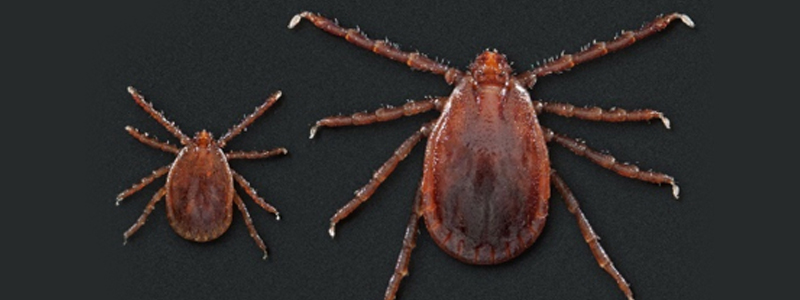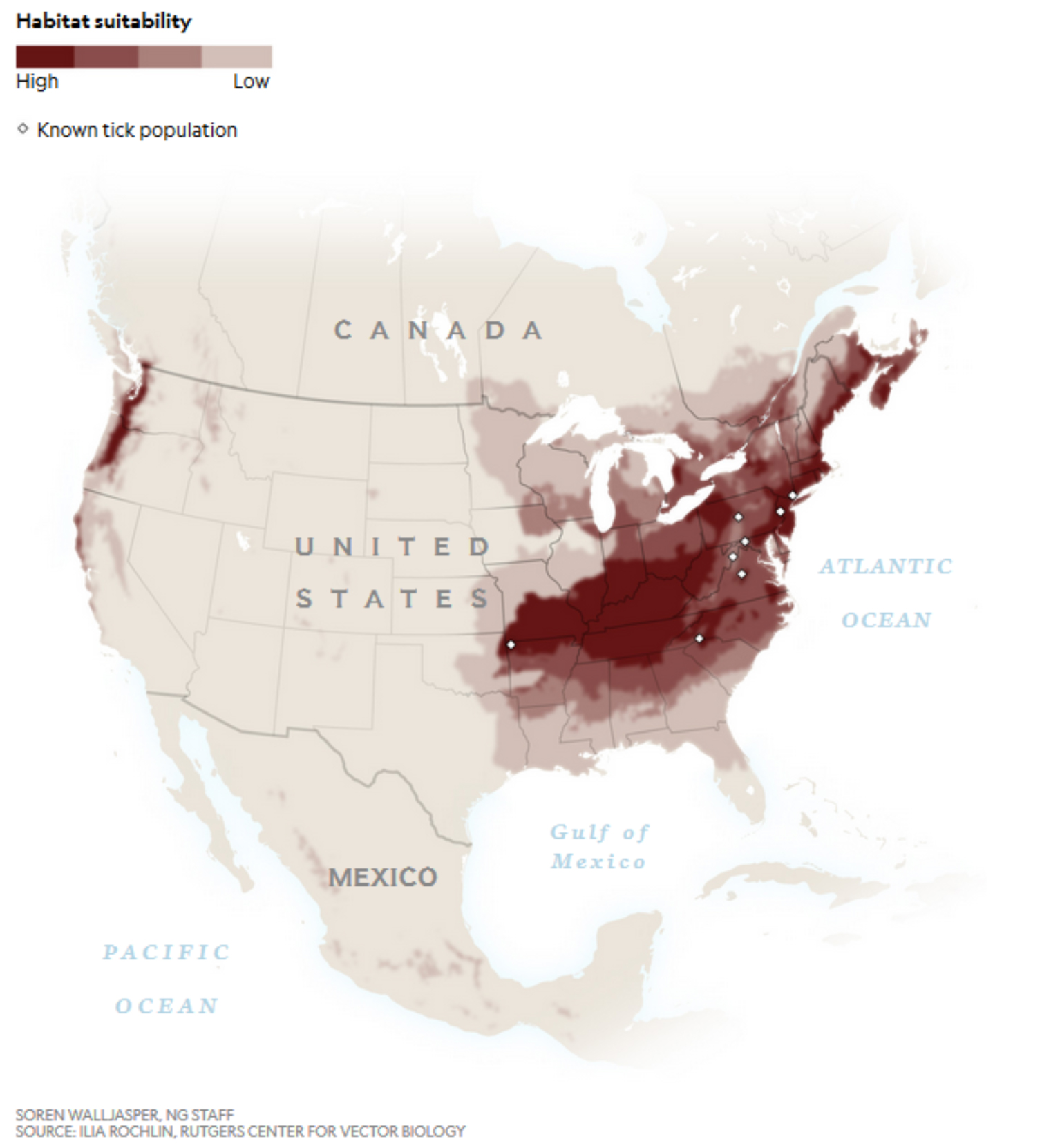BY: SAMANTHA BARTLETT, DVM
In 2017 the first Asian longhorned tick (Haemaphysalis longicornis) in the U.S. was documented on a pet sheep in New Jersey. Until then the tick’s range was known to encompass eastern China, Russia, Japan, Australia, New Zealand and a few Pacific islands. Researchers are unclear how the tick arrived in the U.S. nor how long the species has really been on the continent.
Like other ticks, the Asian longhorned tick is known to carry several diseases that infect livestock and humans with potentially fatal consequences. Even more alarming is that the tick reproduces asexually allowing a female to produce thousands of offspring at a time. Scientists are also concerned that this species of tick does not appear to follow the behavior of known tick species in the U.S.
The CDC reported recently that the Asian longhorned tick has been found in at least 11 states including Arkansas, Connecticut, Delaware, Kentucky, Maryland, North Carolina, New Jersey, New York, Pennsylvania, Tennessee, Virginia and West Virginia. A man in Yonkers, New York reported being bitten by an Asian longhorned tick recently although he doesn’t appear to have suffered any illness from it. Investigators found the man’s house and yard to be infested with ticks and larvae. Many of these ticks were living in the middle of a sunny, well-tended lawn where ticks do not normally reside.
The implications to human health encompass several bacterial and viral diseases including a potentially deadly hemorrhagic fever similar to the Heartland virus. In addition, these ticks preferentially infest cattle and other livestock in such numbers that grown cows can become weakened and fall off production as much as 25% and calves can die from blood loss.
The arrival of this tick seems to have brought on an increased awareness of the importance of tick and tickborne disease surveillance. In 2018, the CDC released a report showing a three-fold increase of vector-borne diseases between 2004 and 2016. Of those case, three-quarters of them were caused by ticks. In 2017 the number of cases of tickborne disease rose by 10,000 from 2016. While the Asian longhorned tick in the U.S. so far has not been found to carry any diseases, surveillance is essential to learning more about the lifestyle and habitat of this tick and prevent the future spread of disease to humans and animals.
POTENTIAL ASIAN LONGHORNED TICK RANGE IN NORTH AMERICA
The Asian longhorned tick – an invasive species from East Asia – thrives in temperate, humid climates with forest cover and ample precipitation. Modeling climate data from 260 known tick populations in the Eastern Hemisphere, researchers were able to identify areas in North America where the species will be most likely to live.












